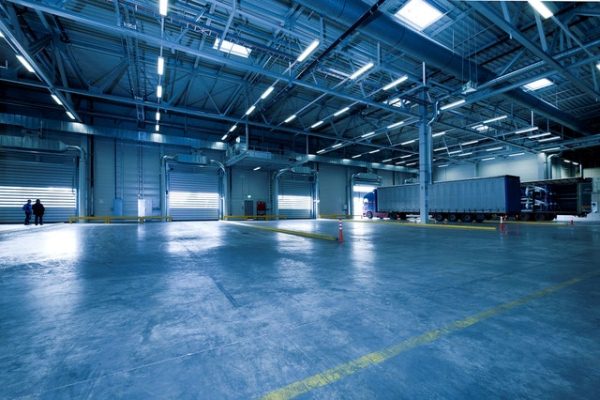-
Consumption has advanced as the primary driver of logistics demand on the global level
-
Demographic trends, rapid technological changes and COVID-19 are revolutionizing retail and boosting logistics demand
-
As businesses cross borders, they bring logistics real estate requirements and supply chain best practices, driving the need for modern logistics facilities
-
Customers are now more willing to pay higher rents because locating closer to consumers reduces transportation costs even as technology has enabled increased productivity
The global pandemic has “forever altered” the future of logistics real estate demand, with economic growth now requiring more logistics real estate than it did in the past, according to a report from Prologis.
The California-headquartered investor in real estate logistics facilities said that in the post-pandemic logistics real estate landscape, supply chain decisions have become more holistic, more data-driven and more urgent than ever.
“Underlying this shift are the same forces—urbanization, digitalization and demographics—that have changed the way we live, work and shop,” it said.
Logistics real estate is a category of industrial real estate that focuses on the provision of logistics facilities such as warehouses, distribution facilities, and fulfillment centers.
The report identified some mega trends that are currently reshaping the future direction of retail and supply chain planning, and “raising the structural long-term growth rate of logistics real estate demand through the next decade and beyond.”
These include the following:
- The long-term structural growth rate of logistics real estate has risen. Consumption-oriented uses have grown as a share of logistics demand, while production- and trade-oriented uses have decreased.
“Consumption has advanced as the primary driver of demand on the global level. Retail sales have a higher correlation with logistics demand growth than do drivers of the past—namely, manufacturing and trade. In addition, changes in how we consume are further amplifying this shift, because e-commerce is more space intensive,” Prologis said.
- Technology and demographics are transforming retail. Demographic trends, rapid technological changes and COVID-19 are transforming how people live and their notion of what is possible, driving an evolution in retail and boosting logistics demand, said the report.
“Millennials—digital natives who now comprise 23% of the global population—have entered higher income brackets and are a primary target for retailers. At the same time, dual-income households continue to rise. The internet as a platform for commerce continues to expand around the world; over the past decade, about 2 billion people gained internet access,” said the report.
“Consumer expectations have increased in a permanent way, favoring convenience, choice, reliability and immediacy. Naturally, the combination of new digital options and a desire for convenience have propelled the adoption of e-commerce. E-commerce as a proportion of retail goods sold globally grew to nearly 20% in 2020 from about 4% in 2011.”
Additionally, COVID-19 and stay-at-home orders pulled e-commerce adoption forward, prompting supply chain investments that will yield future growth.
Prologis forecasts that global e-commerce penetration will rise by more or less 150 basis points per year over the next five years.
For traditional retail to compete, it will need to provide the same convenience and reliability offered by online shopping. But while providing options to buy online and pick up in-store could drive traffic and sales post-pandemic, it will also necessitate the rapid replenishment of inventories close to stores to keep shelves stocked.
Prologis said online order fulfillment requires more than three times the logistics space of brick-and-mortar because:
- All inventory is stored within a warehouse
- Digital storefronts offer greater product variety
- Higher volatility in sales patterns necessitates deeper inventory levels
- Parcel shipping requires more space than shipping pallets
- Many e-fulfillment operations include value-add activities such as assembly and reverse logistics
- Logistics best practices are going global. As businesses cross borders, they bring logistics real estate requirements and supply chain best practices, driving the need for modern logistics facilities.
“Coupled with a rising consumer class, this worldwide upgrade should generate the need for three to four billion square feet or more of modern logistics stock over the next cycle,” the report said.
- The price elasticity of demand has decreased. Customers are now more willing to pay higher rents because location matters more than ever before, said the report. For most users, ability to meet consumer demands for product availability, choice and delivery speed greatly outweighs the additional real estate costs. Locating closer to consumers reduces high transportation costs, while technology has also lessened customers’ price sensitivity by enabling increased productivity.
Photo from Pixabay





